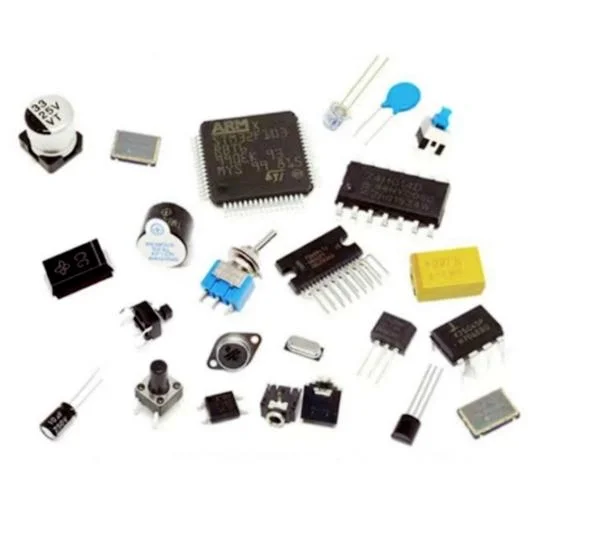Decoding Complexity: Navigating the Distinctions Between Units and Components in System Architecture

In the realm of system architecture and design, the terms unit and component are crucial, yet their nuances often lead to misconceptions. This article aims to unravel the complexities surrounding these terms, providing a comprehensive understanding of their roles, relationships, and impact on system development. Join us as we delve into the layers of system architecture to distinguish between units and components, offering clarity to engineers and enthusiasts alike.
Section 1: Units – Building Blocks of Functionality
Subsection 1.1: Definition and Characteristics
Units, within the context of system architecture, refer to self-contained modules that perform specific functions. We'll explore the defining characteristics of units, emphasizing their independence, encapsulation, and the role they play in achieving specific functionalities within a larger system.
Subsection 1.2: Types of Units
Units can take various forms, including hardware units like processors and memory modules, as well as software units like modules or classes. We'll discuss the diversity of units, examining their categorization based on functionality, scope, and interdependence within a system.
Section 2: Components – The Integration Catalysts
Subsection 2.1: Definition and Purpose
Components, in contrast, are elements that contribute to the overall structure and functionality of a system. We'll explore the fundamental purpose of components, highlighting their role in providing a framework for organizing and connecting various units within a system.
Subsection 2.2: Types of Components
Components can manifest as physical entities like microcontrollers or as software components like libraries or services. We'll delve into the different types of components, examining how they facilitate communication and collaboration between units, leading to the cohesive operation of the entire system.
Section 3: Relationships Between Units and Components
Subsection 3.1: Dependency and Cohesion
The relationship between units and components is characterized by dependency and cohesion. We'll discuss how units may depend on specific components for functionality, and the importance of maintaining cohesion to ensure a well-integrated and modular system architecture.
Subsection 3.2: Encapsulation Strategies
Effective system architecture often involves encapsulation strategies to enhance the independence of both units and components. We'll explore techniques such as information hiding, abstraction, and interface design to minimize dependencies and promote modular design principles.
Section 4: Impact on System Development and Scalability
Subsection 4.1: Design Considerations
Understanding the distinctions between units and components is crucial during the design phase of system development. We'll discuss key considerations, including the granularity of unit definition, the role of components in system scalability, and the impact on overall system maintainability.
Subsection 4.2: Development Best Practices
In the development phase, adhering to best practices in unit and component design is essential for achieving a robust and scalable system. We'll explore coding standards, documentation practices, and testing methodologies that contribute to effective system development and long-term success.
Conclusion:
In the intricate landscape of system architecture, units and components dance in a delicate balance, shaping the functionality and scalability of a system. By dissecting their roles, relationships, and impacts on system development, engineers and designers can navigate the complexities of architecture with precision and foresight, ultimately contributing to the creation of innovative and resilient systems.






